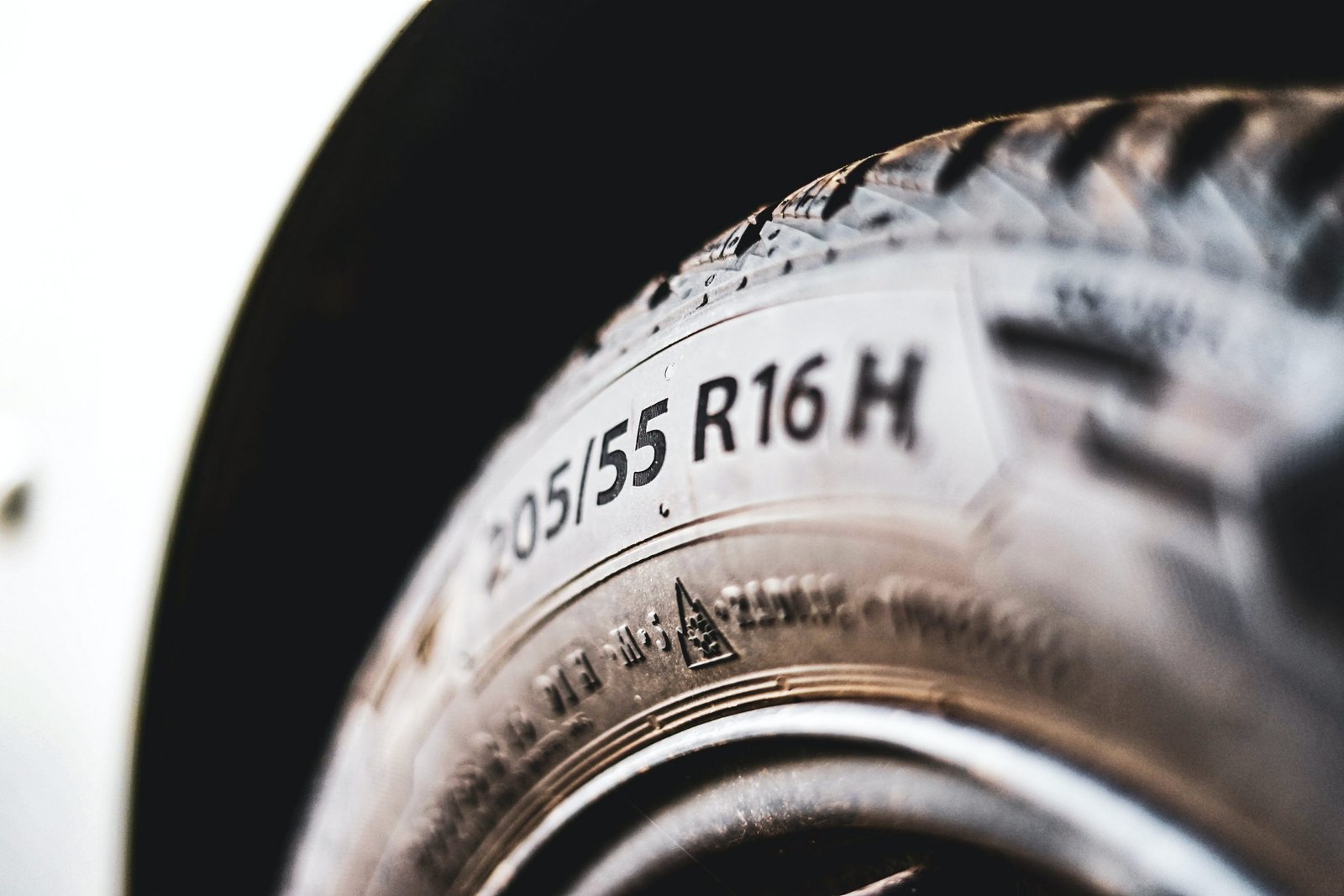Retreading, as you will see through this article, is a common practice employed by car, trucking, and aviation companies.
It involves re-using old but “useful” tires. But are these types of tires safe? Can you file a lawsuit if a retread tire caused you an accident? We explain more about tire recap and potential dangers associated with it.

What is Retreading?
According to the National Highway Traffic Safety Administration, retreading is the process of reinstalling a new tread to a used tire casing. Retreads or “recaps” are typical in the trucking and aviation industries. Many truck companies and airlines utilize retread tires to cut back the cost associated with new tires.
For instance, a new truck tire can cost $600 or more. Therefore, a truck company may end up paying over $10,000 for an 18-wheeler tire set. On the other hand, a retread truck tire can cost from $200 to $400. This means the trucking industry can save millions of dollars a year by using retread tires. Like the trucking industry, airlines often use retread tires to increase savings and extend an airplane tire’s life cycle.
What Are the Potential Dangers Associated with a Recap Tire?
Retreading a tire requires following a series of steps. Each step plays a critical role in the tire’s overall performance. While companies may adopt different techniques, there are common elements during a recap process. If performed incorrectly, a retread tire can be extremely dangerous for the driver, nearby motorists, and pedestrians, and the liable company could be on the hook for a car accident lawsuit. Common elements in the tire retreading process involve:
Initial Inspection
During the initial inspection, tire inspectors receive used casings. They are in charge of examining all sides of the tire casing to make sure it can be retreaded. Usually, if there is severe damage to the tire’s sidewalls, crown, or bead, they will be discarded. However, if an inexperienced, undertrained, or negligent inspector overlooks a potential hazard, it could lead to a potential car or truck accident.
Buffing/Scraping
During the buffing step, the inspector often uses specialized tools to buff or scrape off any steel or plastic residual. This is done to make sure the new tread is mounted over an even, smooth surface. If done incorrectly, the inspector can over buff or under buff the tire, ultimately affecting how the new tread will bond to the casing.

Tire Repair
During the repairing process, the tire inspector often examines the wheel thoroughly. If there are any nails, screws, or any other sharp object stuck in the tire, they will be removed. Additionally, the inspector is in charge of repairing any injuries to the tire during this phase. Failing to perform a detailed assessment and repair, can lead to tire failure.
Tread Installation
During this phase, a new tread is installed over the used tire casing. The new tread is mounted around the buffed tire crown using bonding agents. It is essential the tread is connected correctly to avoid a potential hazard. If the bonding agent is defective, or if it is incorrectly applied, it can cause the tire to fail and detach from the casing.
If an auto professional acts with enough gross negligence that results in the death of the driver, it’s possible that he might be held accountable in a criminal court. This is extremely unlikely though – the negligent party would need to be drunk on the job, act maliciously, or engage in some other brazenly negligent behavior.
Suing for an Accident Caused by a Retread Tire
Commonly, tire defects are due to an error in design or manufacturing. Car tire manufacturers and designers must develop and produce safe, reliable tires for all drivers to use. However, negligent manufacturers try to cut off expenses by rushing the manufacturing process or overlooking crucial phases in a tire’s development stages. The result, defective tires capable of causing severe accidents and injuries.
If you sustained injuries such as head injuries, spinal cord injuries, neck and lower back pain after a car accident due to a retread tire, or wrongful death due to a tire defect, you may be able to file a product liability claim against the at-fault parties. A product liability lawsuit can be based on three different categories.

You can file a lawsuit based on a product’s manufacturing defect, design defect, or inadequate warning. A product liability claim based on a manufacturing defect involves a flaw during the manufacturing process that made the product hazardous. A lawsuit based on design errors carries allegations made by the plaintiff stating a design in the product made it dangerous. On inadequate warning cases, the plaintiff can allege there was a lack of warning about the inherent dangers associated with the product, even if it was properly designed and manufactured. A skilled lawyer can help you file your claim.
Don’t Navigate The Legal Process Alone
Dealing with an injury can be very difficult and overwhelming. However, you don’t have to go through this time on your own. A Hollywood, Fl car accident attorney can help you hold the liable parties accountable for your injuries. You may be able to obtain compensation for your medical expenses, lost wages, pain, and suffering.






